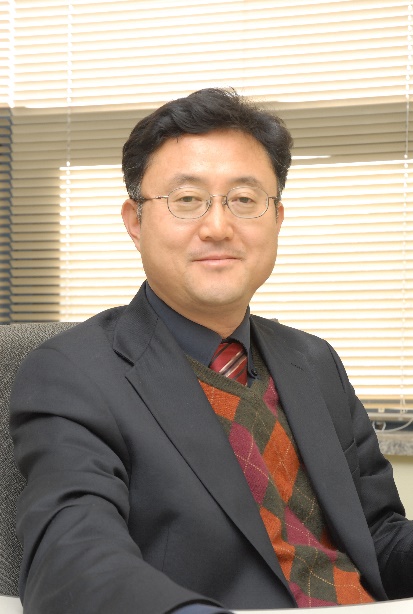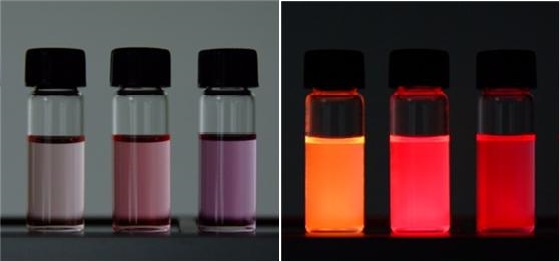Media Center
A multimedia mosaic of moments at GIST
GIST Excellence
[Press Release] Prof. Kwanghee Lee"s Team Develops Polymer Solar Cells with 10-Year Lifetime Expectancy
- 정명식
- REG_DATE : 2014.12.11
- HIT : 836
Finds Origin of Burn-in Loss in Device Lifetime
Study to Help Quicken Commercialization of Polymer Solar Cells
A Korean research team has developed polymer solar cells with 10-year lifetime expectancy. Their research is expected to help pave the way toward commercialization of polymer solar cells and other related electronic devices that suffer from short lifetime.


The research was led by corresponding author Prof. Kwanghee Lee of GIST School of Materials Science and Engineering and by first author Dr. Jaemin Kong of Research Institute for Solar and Sustainable Energies (RISE). This work was supported by the Core Technology Development Program for Next-Generation Solar Cells of RISE at GIST and by the National Research Foundation of Korea (NRF) through grants funded by Ministry of Science, ICT, and Future Planning. The result was published online on 8 December 2014 in Nature Communications(Title: Long-term stable polymer solar cells with significantly reduced burn-in loss).
Polymer solar cells have attracted attention as one of the next generation energy sources due to their mechanical flexibility, light weight, and solution processibility that allow them to be printed on large areas easily and inexpensively. However, the lifetime of polymer solar cells is too short to be applied to commercial products, and the drawback has been considered to arise from the instability of the organic materials themselves.
By categorizing components from pristine photoactive polymers based on the unimodality of molecular weight distributions in GPC, the research team was able to define the characters of individual components. By isolating trap-embedded components from the pristine polymers via a marginal solvent extraction method, they selectively obtained a trap-free, high-molecular-weight component. The resulting polymer component exhibits 40 % enhanced power conversion efficiency. In addition, the elimination of the trap-embedded fractions significantly suppressed the photoactivated trap-width broadening and led to the almost absence of burn-in loss, suggesting a promising possibility of long-term stable PSCs.


During the study, the research team also noticed that a long-standing issue, the so-called batch-to-batch variance, could originate from the random coexistence of the component PCDTBTs that might come separately from the precipitated and from the dissolved reaction products in the same reaction flask.
Prof. Lee said, “The short lifetime problem in the field of organic electronics has raised a fundamental question as to whether the limited lifetime of PSCs is inherent to the photoactive polymers and fundamentally cannot be overcome. Our research answers the question: it depends simply on the purification of the polymer materials.” “We hopefully believe the results will pave the way to commercialization of polymer solar cells and other organic based electronics that suffer from the burn-in loss or short operating lifetime,” he added.